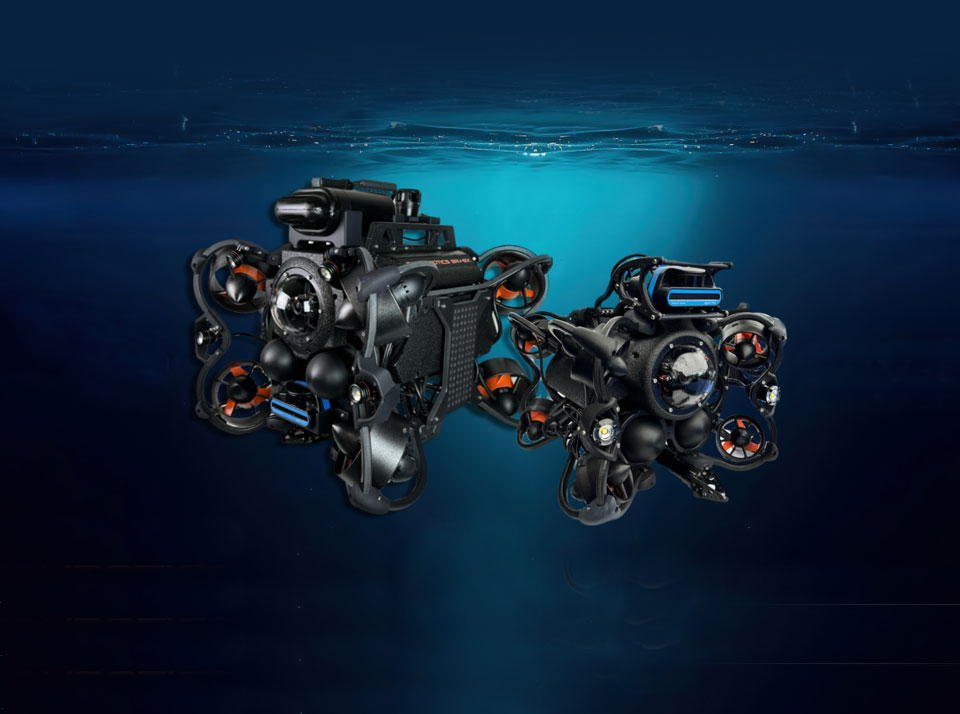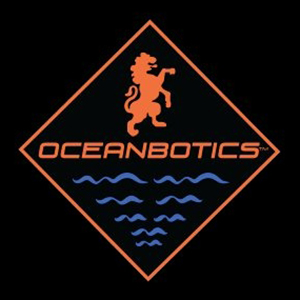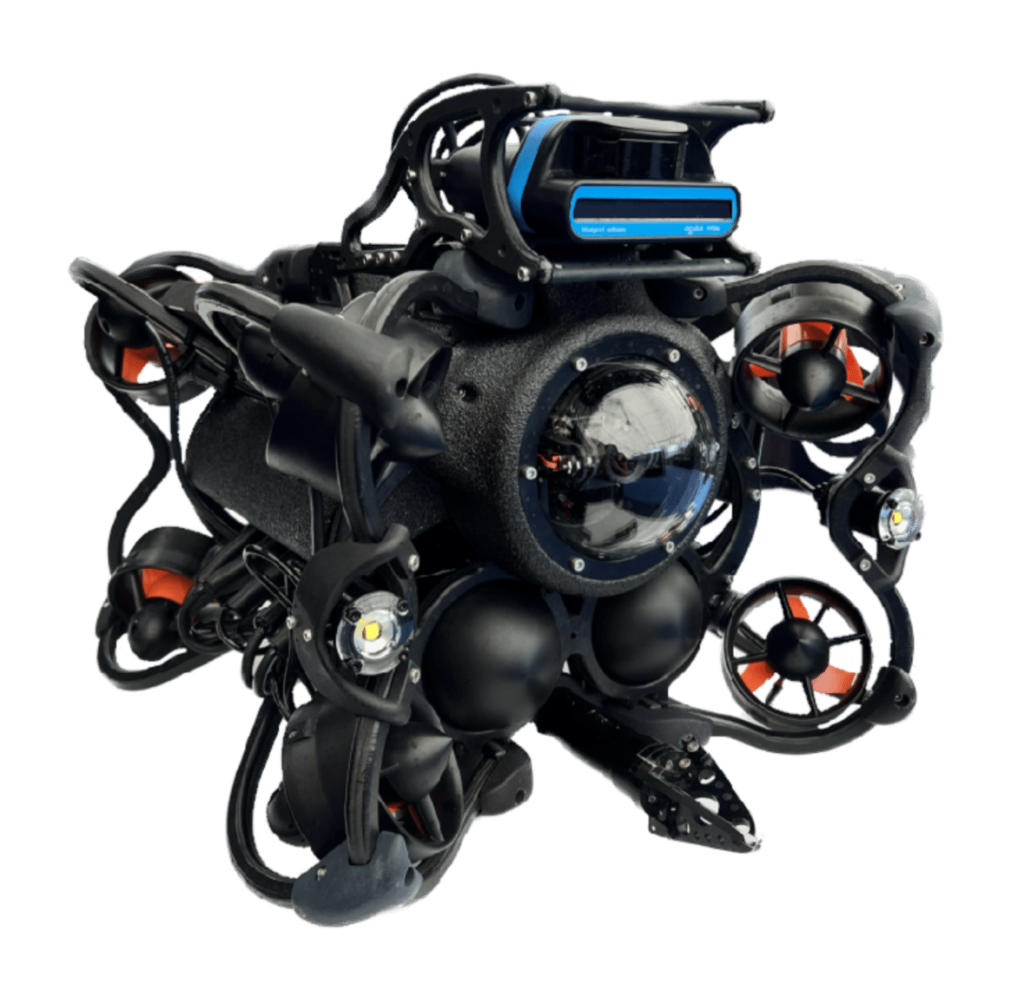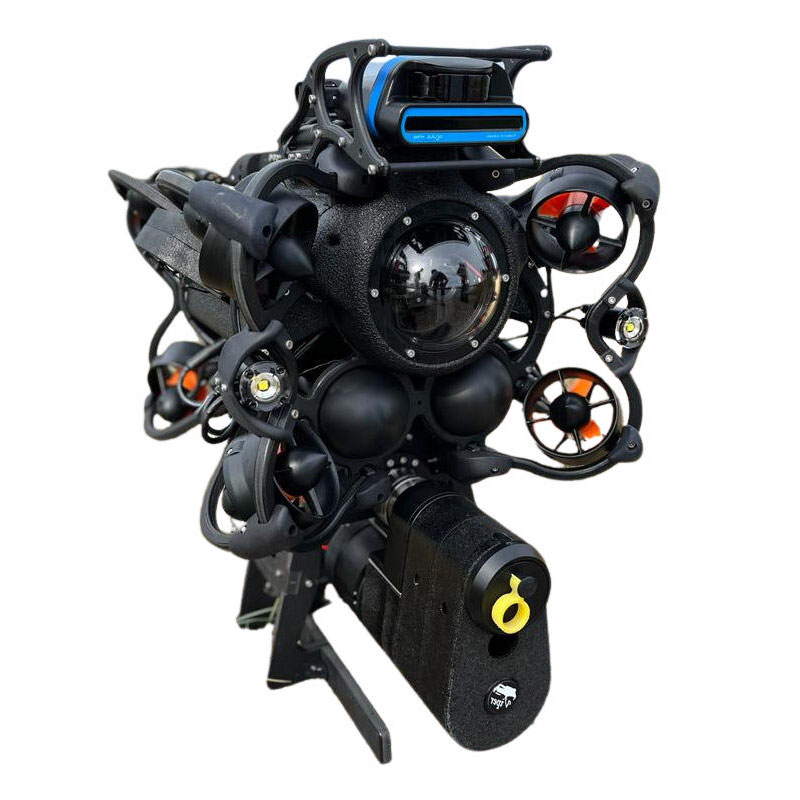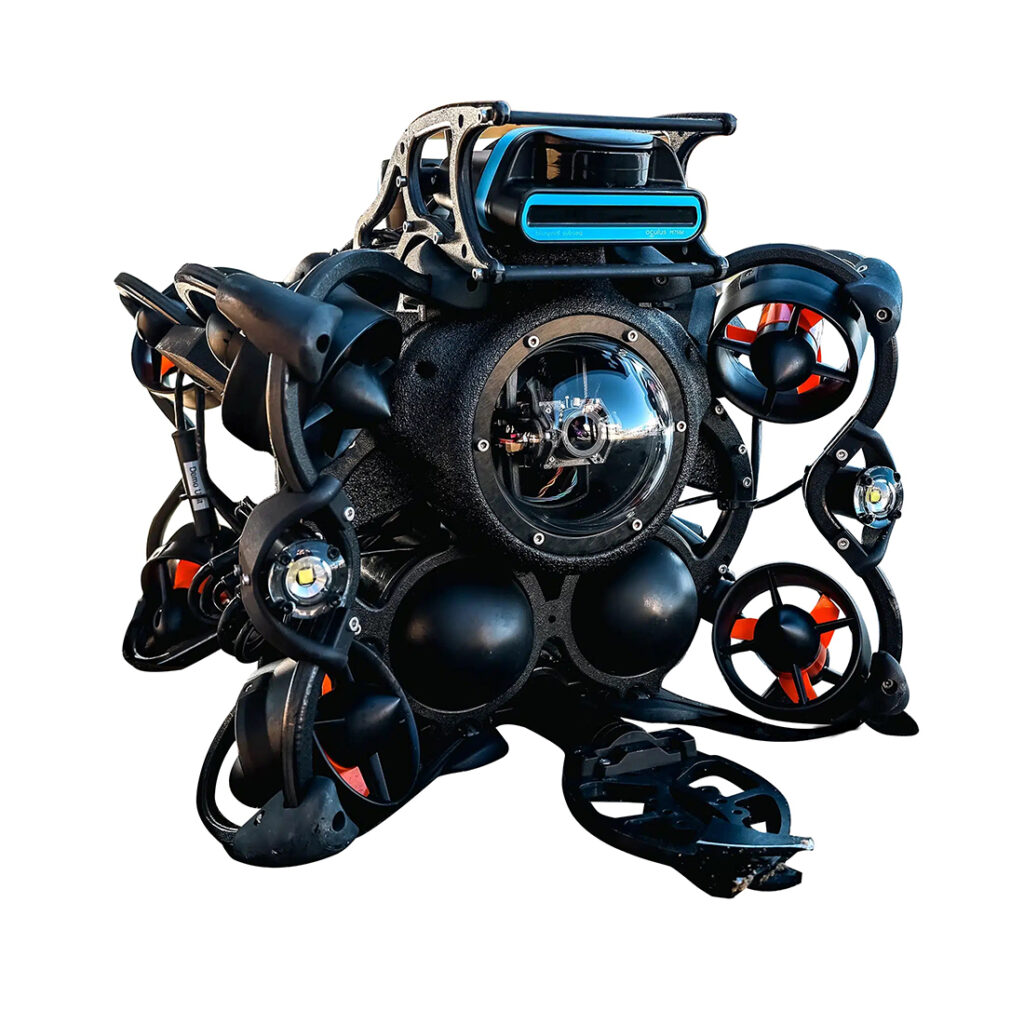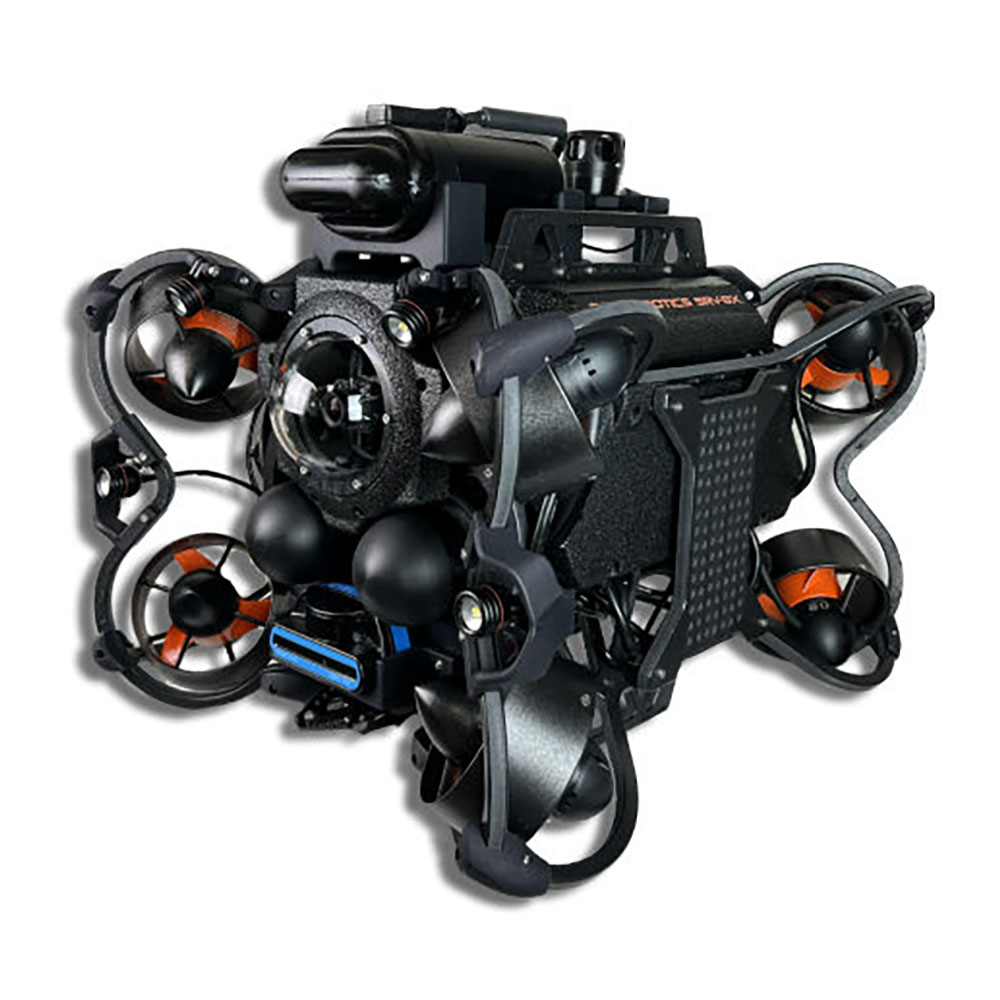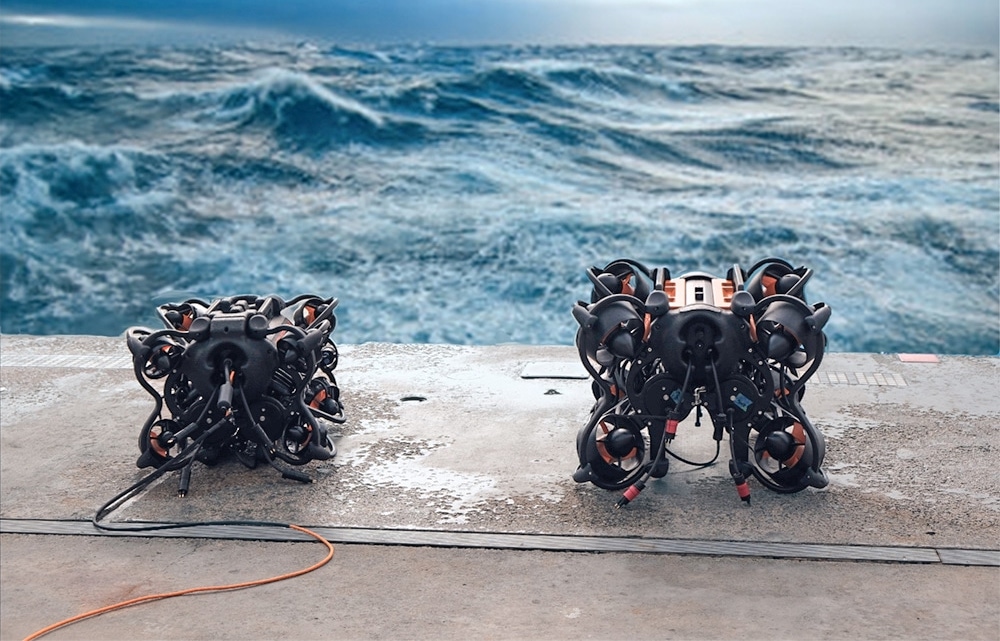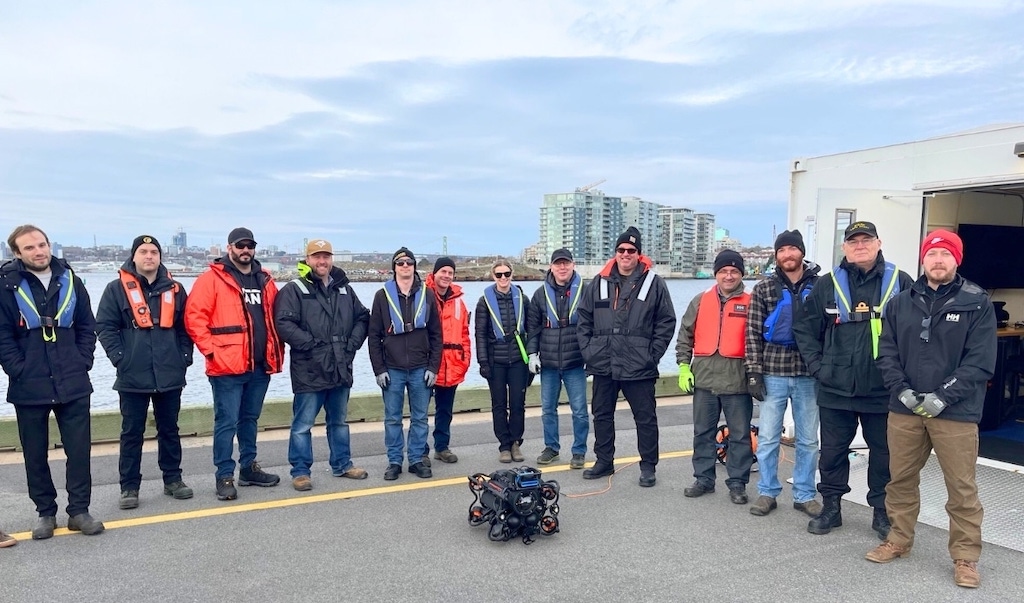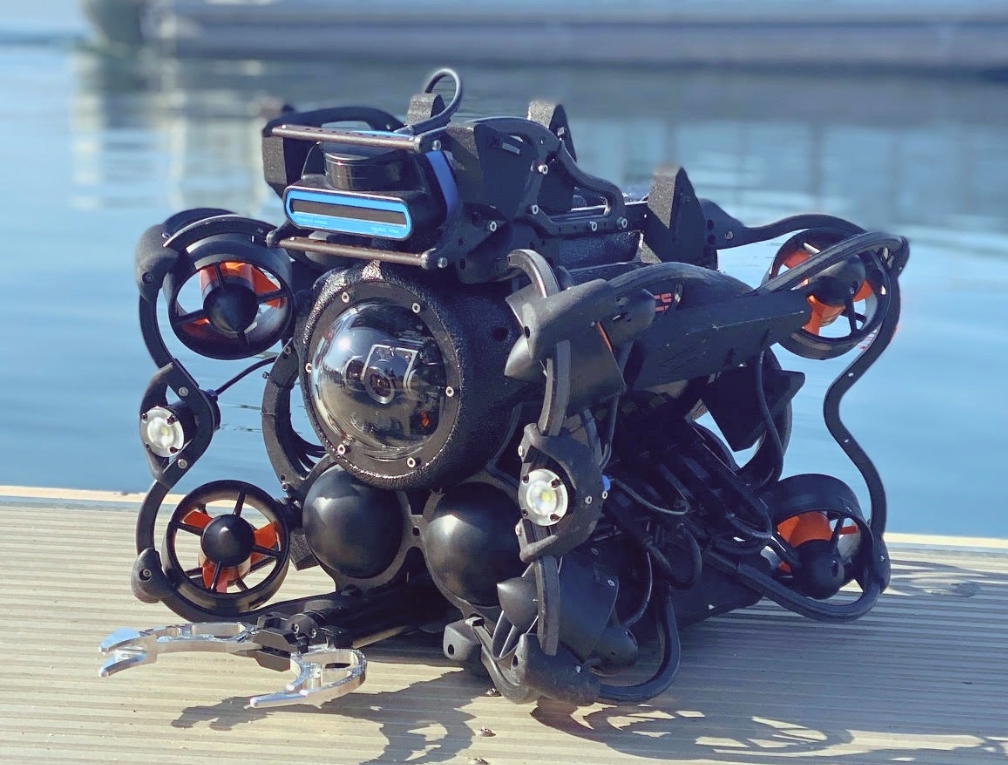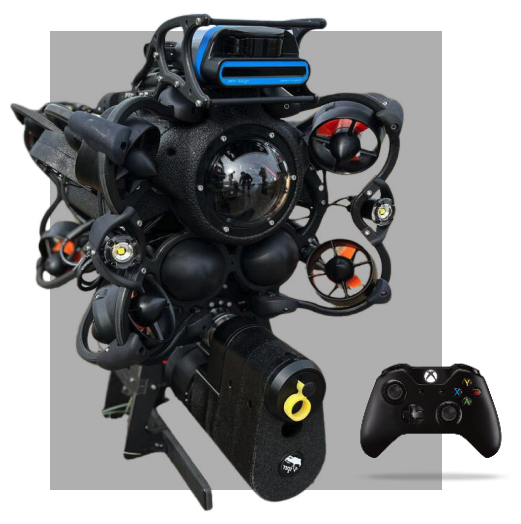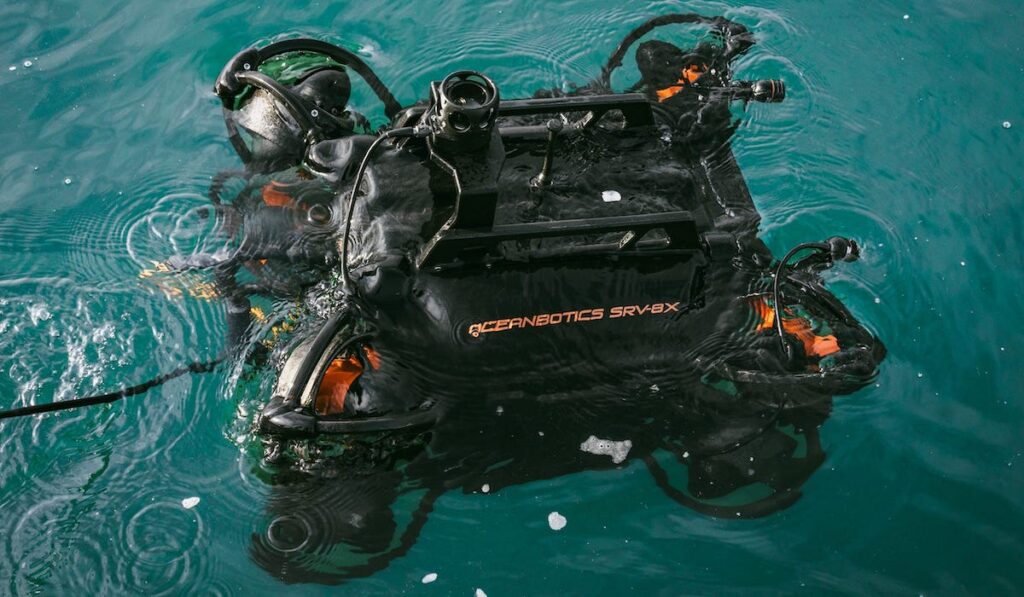
Oceanbotics has discussed and answered the top eight most common questions about remotely operated vehicles (ROVs), covering their operations, types, and applications.
The company outlines key details on how ROVs work, including the role of surface generators and remote controllers, and highlights the different classes of ROVs, from hobbyist models to heavy work-class units used in deep-water exploration.
The article explores the industries implementing ROVs for critical operations, such as law enforcement, offshore drilling, and marine research. Oceanbotics also provides insights into ROV capabilities, such as capturing footage, data collection, and underwater construction, with emphasis on their ability to handle complex underwater tasks.
Oceanbotics compares ROVs with autonomous underwater vehicles (AUVs), outlining the differences in control and applications. The company details the tools and accessories that can enhance ROV functionality, including sonar, cameras, and manipulator arms.
The article concludes by emphasizing the versatility and efficiency of ROVs in various underwater missions, from environmental monitoring to film production, and offers an invitation to discover how their technology can support professional teams in the field.



